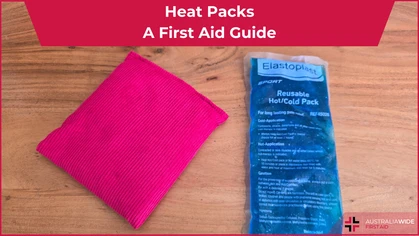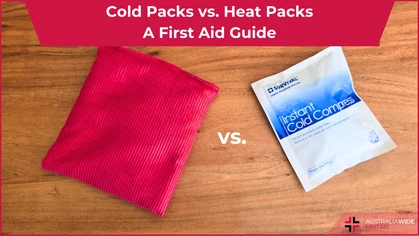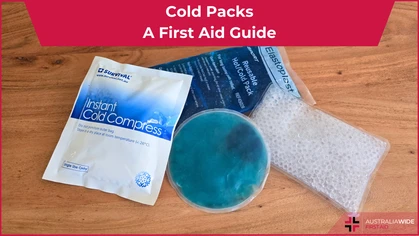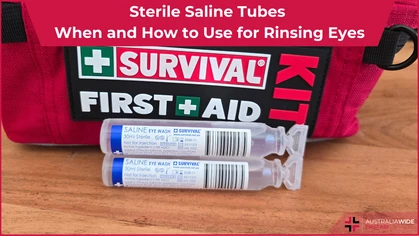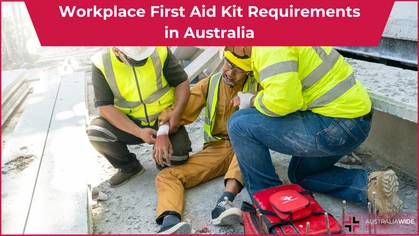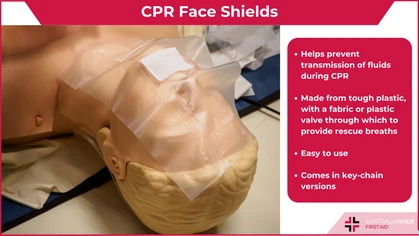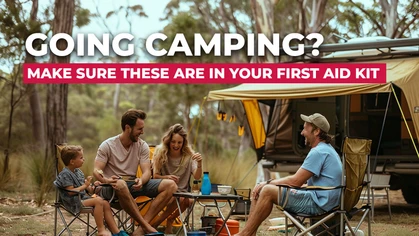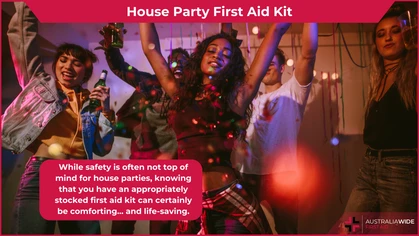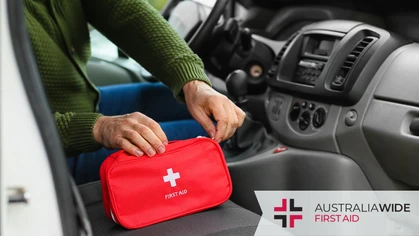Shock Blankets - When and How to Use

First Aid Equipment
 In the realm of first aid, every second counts. When faced with emergencies ranging from severe injuries to sudden trauma, providing immediate care can significantly impact outcomes.
Among the arsenal of tools available to first responders and caregivers, shock blankets stand out as a simple yet invaluable resource.
Let's delve into the world of shock blankets and understand their crucial role in providing comfort and stabilizing casualties in distress.
In the realm of first aid, every second counts. When faced with emergencies ranging from severe injuries to sudden trauma, providing immediate care can significantly impact outcomes.
Among the arsenal of tools available to first responders and caregivers, shock blankets stand out as a simple yet invaluable resource.
Let's delve into the world of shock blankets and understand their crucial role in providing comfort and stabilizing casualties in distress.
What is a Shock Blanket?
A shock blanket, also known as a space blanket, thermal reflective blanket, or emergency blanket, is a lightweight, compact, and highly reflective sheet typically made of thin metallic material such as aluminium foil. These blankets are designed to retain body heat and provide insulation, shielding individuals from extreme temperatures and environmental conditions. They are of particular use when a casualty is experiencing hypothermia or goes into medical shock, which occurs when not enough blood is flowing through the body. This deprives tissues, muscles, and organs from oxygen, and is considered a medical emergency. Without proper treatment, shock can kill. Originally developed for space exploration by NASA, shock blankets have found widespread use in first aid and emergency response scenarios.
Shock blankets serve many purposes.
The Purpose of Shock Blankets in First Aid
In the context of first aid, shock blankets serve multiple critical purposes: Temperature Regulation One of the primary functions of shock blankets is to regulate body temperature. In cases of shock, trauma, or exposure to extreme weather conditions, casualties may experience hypothermia due to heat loss. By wrapping individuals in shock blankets, caregivers can help prevent further heat loss and maintain their body temperature within a safe range. Comfort and Reassurance Emergencies often induce fear, anxiety, and disorientation in casualties. The presence of a shock blanket not only provides physical warmth but also offers a sense of security and comfort. The soft, reflective material can help calm individuals and alleviate psychological distress, promoting a more stable emotional state. Protection from Elements In outdoor settings or disaster scenarios, casualties may face exposure to rain, wind, or intense sunlight. Shock blankets act as a barrier against environmental elements, shielding individuals from rain, wind chill, and excessive sun exposure. This protection is crucial for preventing further complications and ensuring the well-being of casualty until professional medical help arrives. Signal for Assistance The reflective surface of shock blankets serves another vital function – it enhances visibility. In remote or low-light environments, the reflective nature of the blanket makes it easier for rescuers or passing vehicles to spot individuals in need of assistance. This increased visibility can expedite rescue efforts and ensure prompt medical attention.Best Practices for Using Shock Blankets
While shock blankets are valuable tools in first aid, proper usage is essential to maximize their effectiveness. Please note that this is general advice only – emergency situations in extreme climates or remote areas should be approached with respect to the situation. Assess the Situation Before deploying a shock blanket, assess the casualty's condition and the surrounding environment. Determine if the individual is experiencing shock, hypothermia, or other medical emergencies that warrant the use of a blanket. Always follow DRSABCD. Prepare the Casualty Shock blankets will not work if placed directly against the skin. They require an air pocket to be able to reflect body heat back. If the casualty is in wet clothing, these need to be removed and the casualty dried. Ensure they are dressed in dry clothing (rescuers and bystanders may choose to donate some of their clothing to assist with this). If you have access to another blanket or towel, wrap this around the casualty on top of the dry clothing. Wrap Securely but Not Too Tightly When wrapping a casualty in a shock blanket, ensure a snug fit to maximize heat retention. However, avoid wrapping too tightly, as this may restrict circulation and exacerbate existing injuries. Cover the Entire Body Completely envelop the casualty in the blanket, as safely as possible, covering their torso, limbs, and head to minimize heat loss and provide comprehensive protection. Leave their face clear so as to not impact their airway. Monitor Vital Signs While the blanket offers insulation and comfort, continue to monitor the casualty's vital signs and overall condition. Seek medical assistance promptly if their condition deteriorates or if additional treatment is required.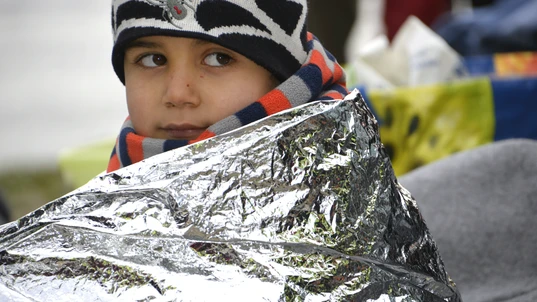
Have a layer of clothing, or another blanket, between the casualty and the shock blanket.
Should You Have a Shock Blanket at Home or Work?
Yes. Check your first aid kit to see if a shock blanket is included. If not, it is wise to add one in yourself. They are very cheap – between $1-10, usually less than $2. Shock blankets should be available at your local chemist or pharmacy, and anywhere that stocks first aid supplies.Conclusion
In the unpredictable landscape of emergencies, shock blankets emerge as versatile and indispensable tools in the first responder's toolkit. Beyond their role in temperature regulation and comfort, these simple yet effective devices provide a lifeline of warmth, protection, and reassurance to individuals in distress. By understanding the purpose and proper usage of shock blankets, caregivers can enhance their ability to provide timely and effective first aid, ultimately saving lives and promoting recovery in times of crisis.
Originally published at
https://www.australiawidefirstaid.com.au/resources/shock-blankets---when-and-how-to-use
as part of the Australia Wide First Aid Articles Library
